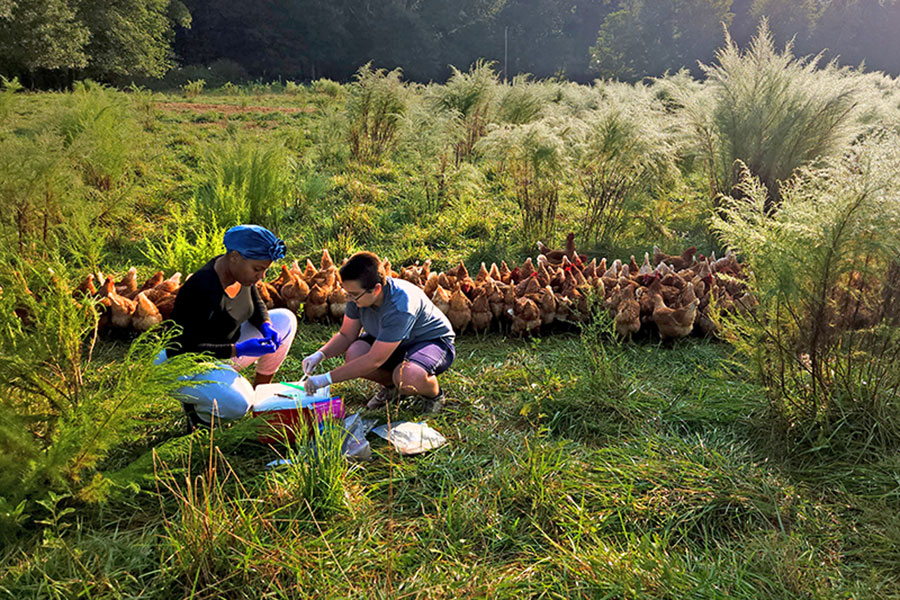Georgia’s peanut production may not rival last season’s record-setting year, but it’s still been a productive season for the state’s third-ranked agricultural commodity.
“We’re going to see higher yields than we originally thought,” believes John Beasley, a University of Georgia Extension peanut specialist.
How much higher? Last year’s peanut crop produced an astounding 4,550 pounds per acre, easily eclipsing the state record. Though this year might not reach the 4,000-pound plateau, Beasley indicates the final yield statistics can still easily top the 3,600 pound-figure reported in 2011.
“I think the most recent yield estimate, which came out in September, for our peanut crop was 3,900 pounds per acre, statewide average yield estimate,” he said. “When you compare it to what we were averaging in 2011 and 2010, it’s going to be substantially better.”
UGA’s peanut expert says this year’s crop will “still pale in comparison” to last year’s crop, which he said was out of the norm.
It was feared earlier in the season that high accumulations of rainfall during the summer washed out portions of farmers’ peanut fields. While reports are low of that being the case, rain did provide other farmers with enough water for their crops to exceed normal growth.
“I’ve heard some county agents say they’ve got growers saying they’re making the best peanuts they’ve ever made, even better than last year,” he said.
Beasley encouraged peanut farmers to plant their peanut acreage in late April through mid-May to avoid the pending cold temperatures that annually occur in late October. For example, during the week of Oct. 25-26, temperatures across the state dipped into the 30s, which had an adverse effect on peanuts still in the ground. Fields planted in late May and June are at risk of these cold October temperatures, shutting down the maturity process.
“Typically in late October, we’ll have the kind of cold weather that will shut the maturity down. If you are a week or two from optimal maturity, that shutting down of the maturity process will cost you some yield potential,” Beasley said.

.jpg)
.jpg)





